School Connectivity TZ - phase II
After our initial and successful pilot with African Child Projects (ACP) to connect 10 schools across Tanzania, the phase II addressed connectivity of 50 schools. We made it, and connect roughly 40.000 students across Tanzania.
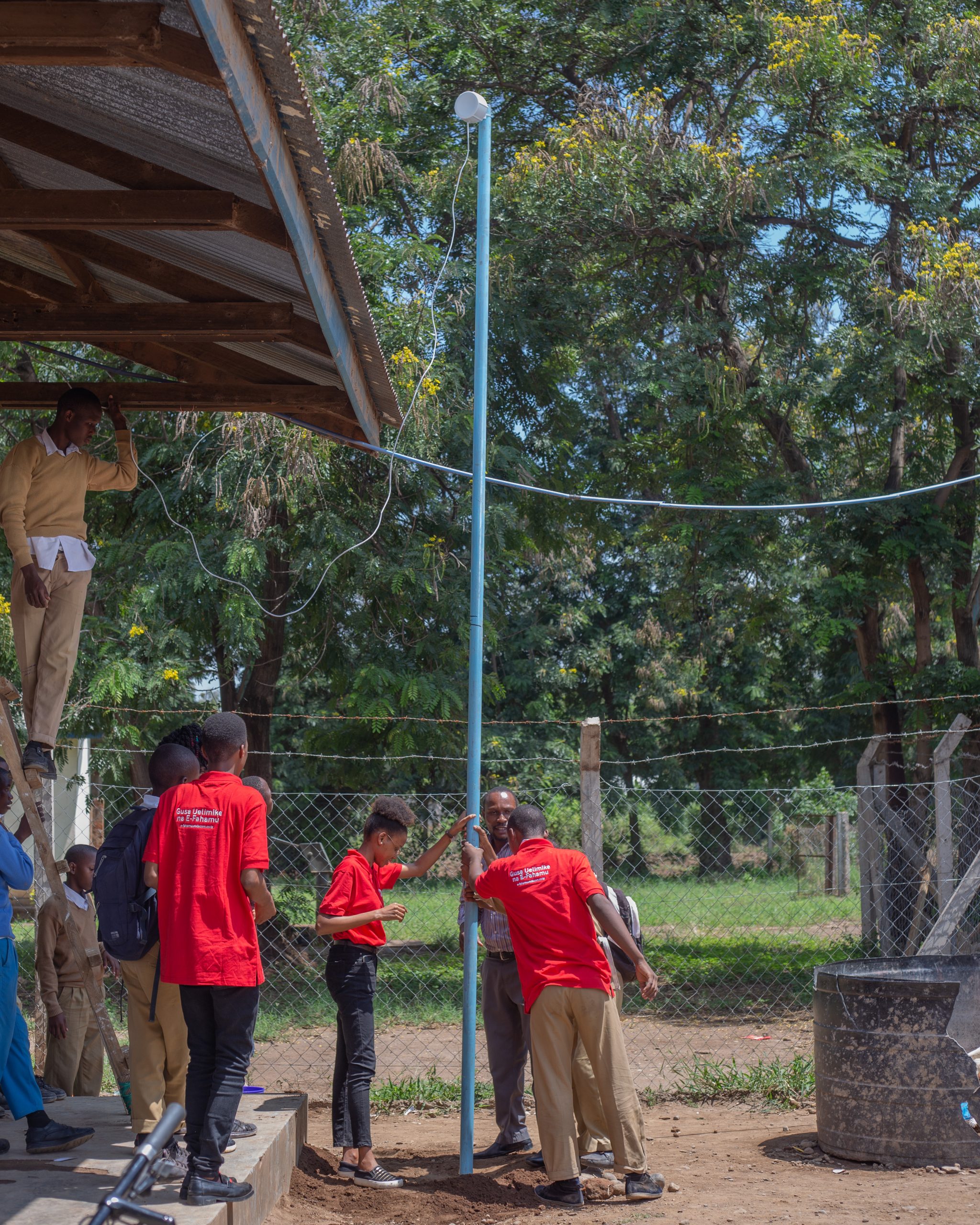 Establishing the antenna at Mpirani secondary school
Establishing the antenna at Mpirani secondary school
Catherine and her team get's experienced
- getting the equipment configured thanks to our Regional Competence Centres (RCCs) at University of Dar es Salaam (UDSM) and Dar es Salaam Institute of Technology (DIT);
- creating awareness and identifying Digital Friends in the region, who have the understanding of connectivity and can train others;
- install, connect and train teachers and students
 Excellent network conditions, with a 4G Vodacom network of -92 dBm
Excellent network conditions, with a 4G Vodacom network of -92 dBm
Our infrastructure is established to reach out to areas with bad connectivity. The standard equipment adds 18 dB, turninng a "red" network into a "yellow" one. We are not piloting in adding 25 dB, meaning "no network" by your mobile will still give you access in the classroom.
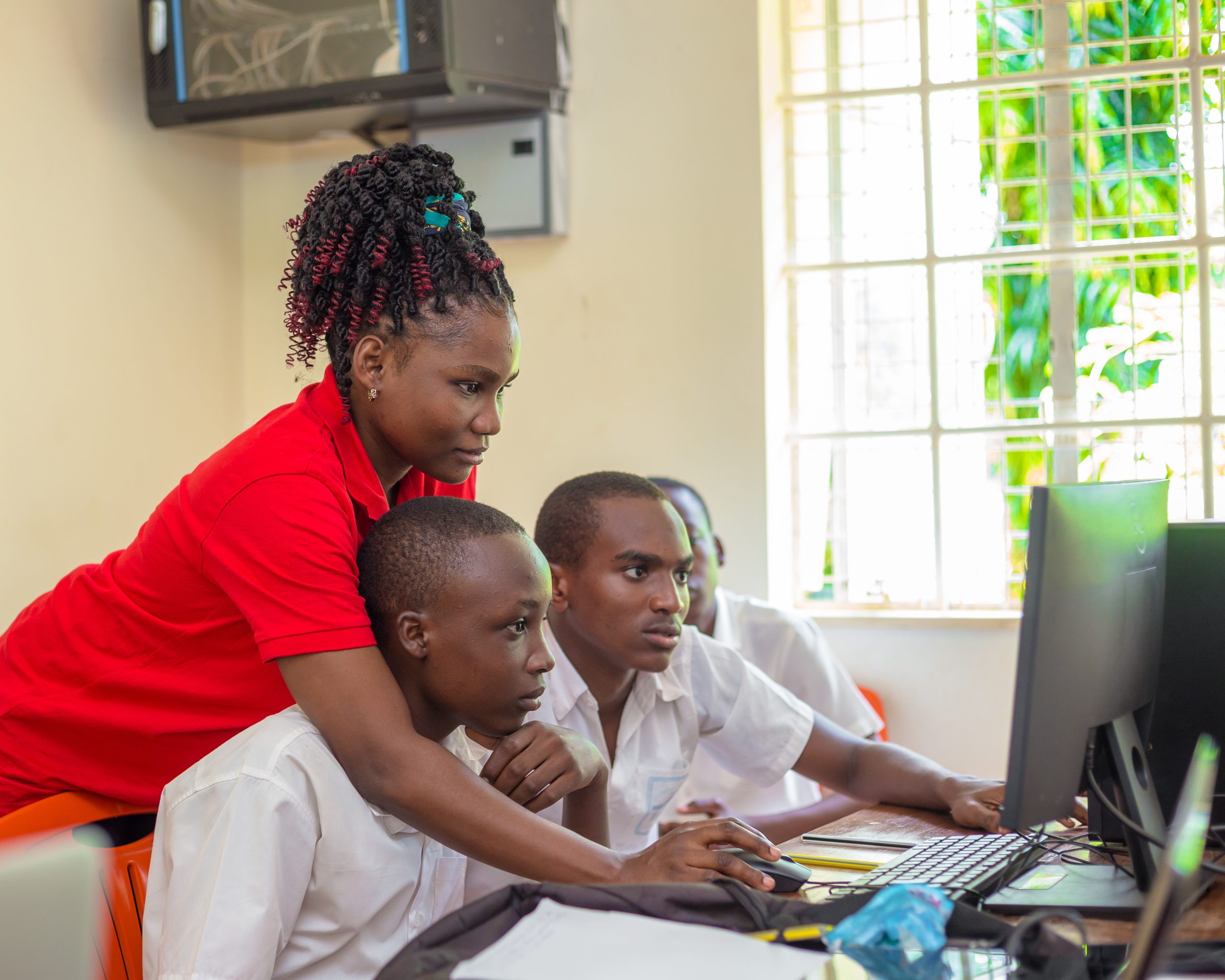 "Knowledge is power", and to see how girls teach boys in ICT is a real achievement.
"Knowledge is power", and to see how girls teach boys in ICT is a real achievement.
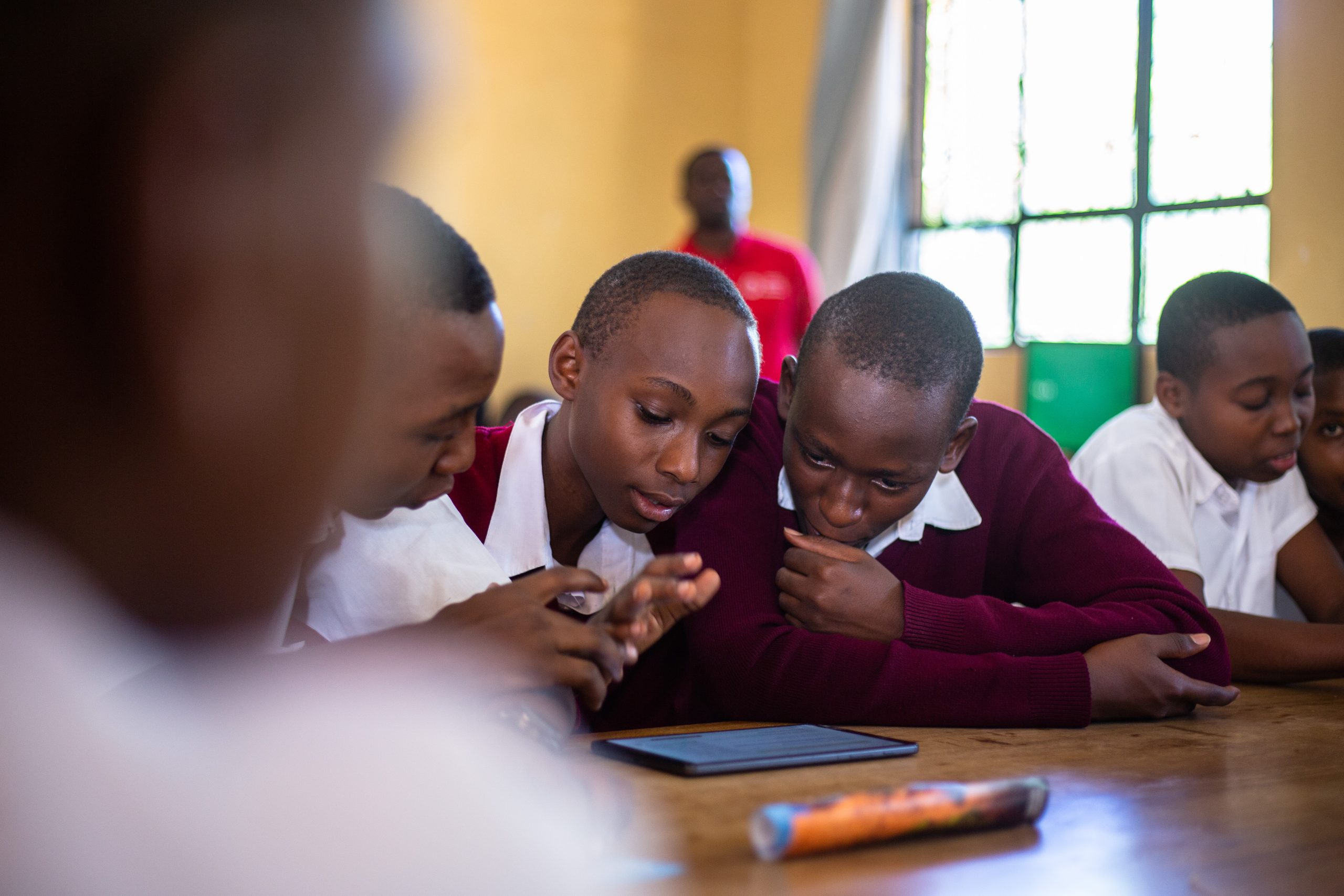 It's a different type of learning using tablet, though the entry is much easier than using PCs
It's a different type of learning using tablet, though the entry is much easier than using PCs
The first training on how to use the computer (or tablet) is done, allowing the students to take over and experience the knowledge of the Internet.
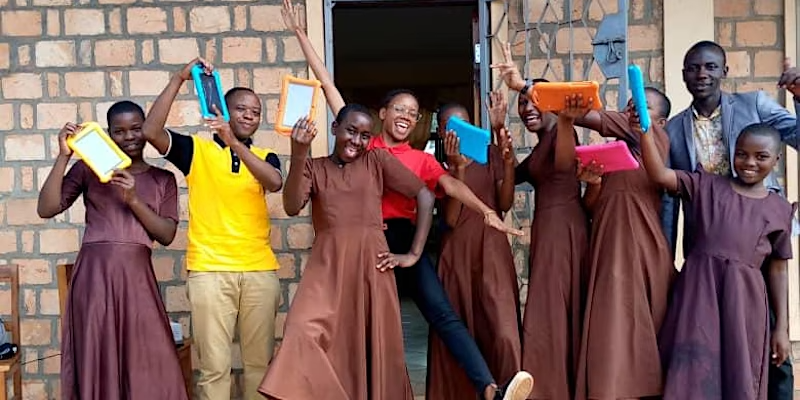 Success, yet another school is connected
Success, yet another school is connected
We are happy to announce that we reached agreement for Phase III, connecting 300 schools in Tanzania. Vodacom Foundation, UCSAF and our network of partners will contribute.
Excellent work on School Connectivity, though we still need to answer the question:
What can we do to give everyone free access to information?
See the 3-min video: at https://basicinternet.org/wp-content/uploads/school-connectivity-Kilimanjaro-region.mp4
About the Basic Internet Foundation
Basic Internet Foundation promotes free access to information for all, and has established community-driven informations spots to provide free access. The Foundation's distributed architecture opens for a quick deployment of a cost-effective Internet distribution worldwide, allowing for a reception of a 3Gl4G network even in areas with no connectivity. The costs of the infrastructure itself is as cheap as a mobile phone, about 300 USD. For a CAPEX of about USD 1100 we enable lnternet access for everyone in the society. While lnternet links are expensive, its information spot solution has OPEX of typically USD 15-20 per month
Get involved!
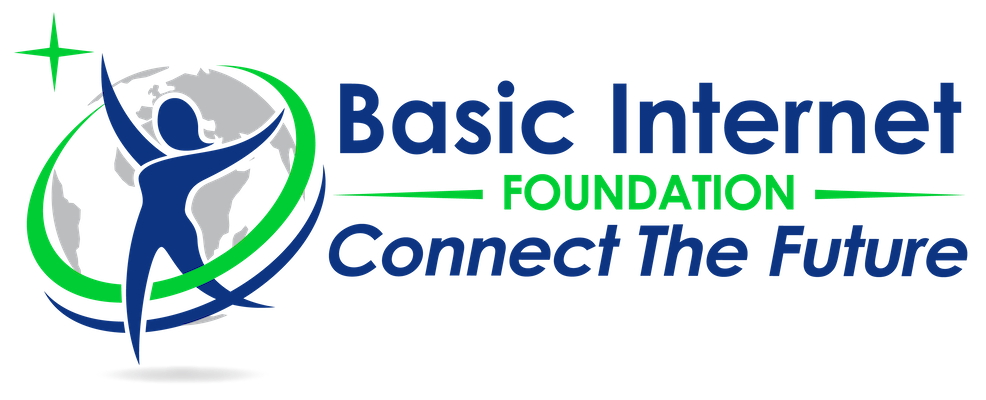

Recent Comments